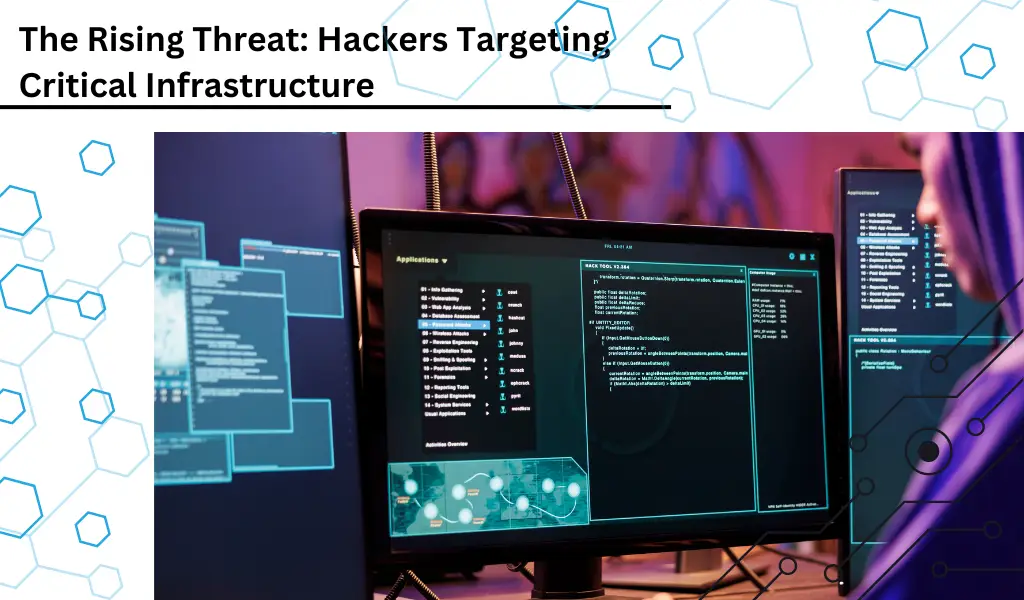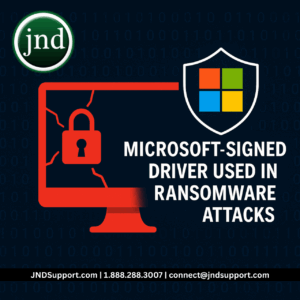
The Rising Threat of Hackers Targeting Critical Infrastructure
In today’s interconnected world, critical infrastructure (CI) forms the backbone of our society. From power grids and water treatment plants to transportation systems and healthcare facilities, these essential services ensure the smooth functioning of our daily lives. However, the increasing reliance on digital technologies has also made CI a prime target for cyberattacks. Hackers, often backed by nation-states, are increasingly focusing their efforts on disrupting these vital systems, posing significant risks to national security and public safety.
The Nature of the Threat
Hackers targeting CI are not your average cybercriminals. These are often sophisticated groups, sometimes referred to as Advanced Persistent Threats (APTs), with the capability to conduct prolonged and complex cyber operations. For instance, APT 31, a Chinese state-sponsored group, has been implicated in numerous attacks on U.S. critical infrastructure, including defense contractors and government agencies.
The motivations behind these attacks vary. Some aim to steal sensitive information, while others seek to disrupt services and create chaos. In some cases, the goal is to pre-position within critical systems to cause real-world harm during times of conflict. The FBI has warned that Chinese hackers are strategically positioning themselves within U.S. critical infrastructure systems, such as water treatment plants and electrical grids, to wreak havoc if necessary.
Recent Incidents
Several high-profile incidents have highlighted the vulnerability of CI to cyberattacks. In 2024, the U.S. Department of the Treasury sanctioned Chinese-linked hackers for targeting U.S. critical infrastructure sectors, directly endangering national security. Similarly, the FBI has repeatedly emphasized the broad and unrelenting threat posed by Chinese government-backed hackers to U.S. critical infrastructure.
Another concerning trend is the involvement of pro-Russia hacktivists in targeting industrial control systems (ICS) and operational technology (OT) systems in North American and European critical infrastructure sectors. These attacks can have devastating consequences, disrupting essential services and potentially causing physical damage.
Mitigation and Defense
Defending against these sophisticated threats requires a multi-faceted approach. Governments, private sector entities, and academia must collaborate to enhance cybersecurity measures and share threat intelligence. The Cybersecurity and Infrastructure Security Agency (CISA) and the FBI have released guidelines and fact sheets to help organizations defend against these threats.
Key strategies include:
- Enhanced Monitoring and Detection: Implementing advanced monitoring tools to detect unusual activities and potential intrusions.
- Regular Updates and Patching: Ensuring that all systems and software are up-to-date with the latest security patches.
- Employee Training: Educating employees about cybersecurity best practices and the importance of vigilance.
- Incident Response Planning: Developing and regularly updating incident response plans to quickly address and mitigate the impact of cyberattacks.
The threat to critical infrastructure from cyberattacks is real and growing. As hackers become more sophisticated and their tactics more advanced, it is crucial for all stakeholders to remain vigilant and proactive in their defense strategies. By working together and leveraging the latest cybersecurity technologies, we can protect our critical infrastructure and ensure the continued safety and security of our society.
What are your thoughts on the increasing cyber threats to critical infrastructure? Do you think enough is being done to protect these vital systems?
Need help securing your business get in touch JND Consulting Group can help.

Microsoft-Signed Drivers Used in Ransomware Attacks: When Trust Becomes a Threat
Facebook Twitter LinkedIn Cybercriminals have crossed a new threshold: they’re now exploiting Microsoft-signed drivers — software components that should be among the most trusted on

Ransomware in the Age of AI: The New Battleground and How JND Consulting Group Keeps You Safe
Facebook Twitter LinkedIn In recent years, ransomware has evolved from a relatively crude cyber threat to a sophisticated, AI-fueled weapon capable of disrupting businesses, governments,

Overview of Department of Financial Services Cybersecurity Regulation
Facebook Twitter LinkedIn Navigating the New Cybersecurity Landscape In 2023, the Department of Financial Services (DFS) introduced amendments to its Cybersecurity Regulation, with the implementation
